Titanium aluminum explosive welding
Titanium / aluminum explosive welding composites shine in the field of military industry and aviation because of their excellent corrosion resistance of titanium, light specific gravity of aluminum alloy, good thermal conductivity and high bonding strength of welding interface. However, the titanium / aluminum explosive welding plates used in China's aerospace field still need to be imported from Japan, Russia, the United States and other countries. The reason is that the domestic research on titanium / aluminum explosive welding plates started late and the existing research results can not meet the needs of high-precision applications, which hinders the localization of China's aviation industry. aluminum uses emulsion explosive as explosive welding energy to composite multilayer steel plates. Through explosive welding, high nitrogen steel plate and copper plate were compounded to successfully prepare high nitrogen steel / copper double-layer metal plate.
1) Under the simulated conditions of 1.8 cm thick charge distribution and 0.4 cm plate spacing, by adding a transition layer 1060 pure aluminum plate between TA1 plate and 5052 aluminum alloy plate, the collision pressure and flight speed of the cladding can be effectively reduced, and the combination of the substrate and the cladding can be more stable.
2) In the metallographic test of TA1 / 5052 and TA1 / 1060 / 5052 explosive welding plates, it is found that the microstructure appearance of the bonding interface of the composite plate is periodic and uniform wavy structure, but the bonding between different metals leads to different waveform parameters.
3) Compared with TA1 / 5052 explosive welding plate, the tensile strength, elongation, area shrinkage and interfacial shear strength of TA1 / 1060 / 5052 composite plate with transition layer increased by 2%, 14.12%, 24.28% and 5.57%, respectively. The experimental results show that the addition of transition layer 1060 Aluminum plate can effectively improve the bonding quality of titanium / aluminum composite plate, which is consistent with the numerical simulation results.
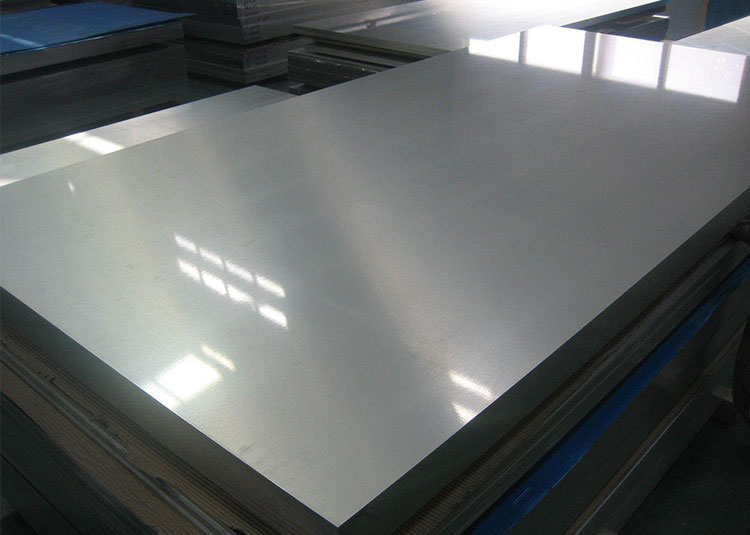
Aluminium Sheets
View Details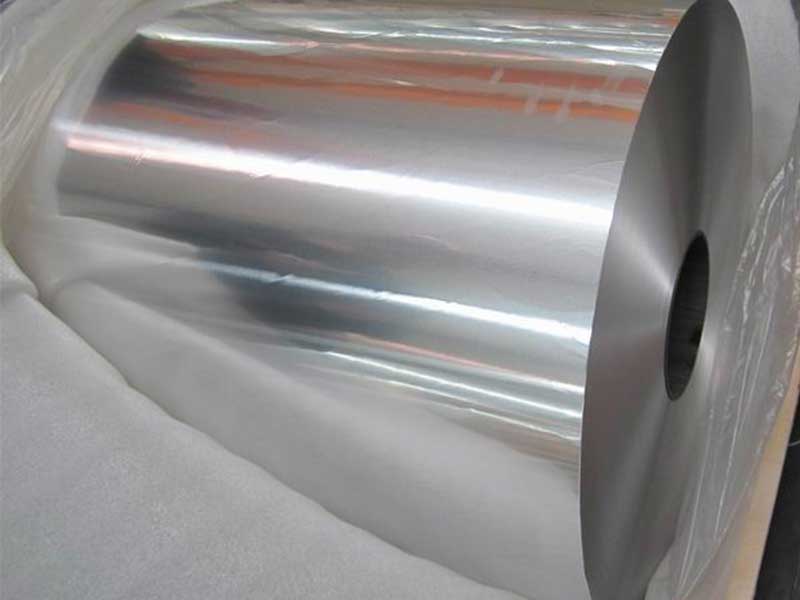
Aluminium Coils
View Details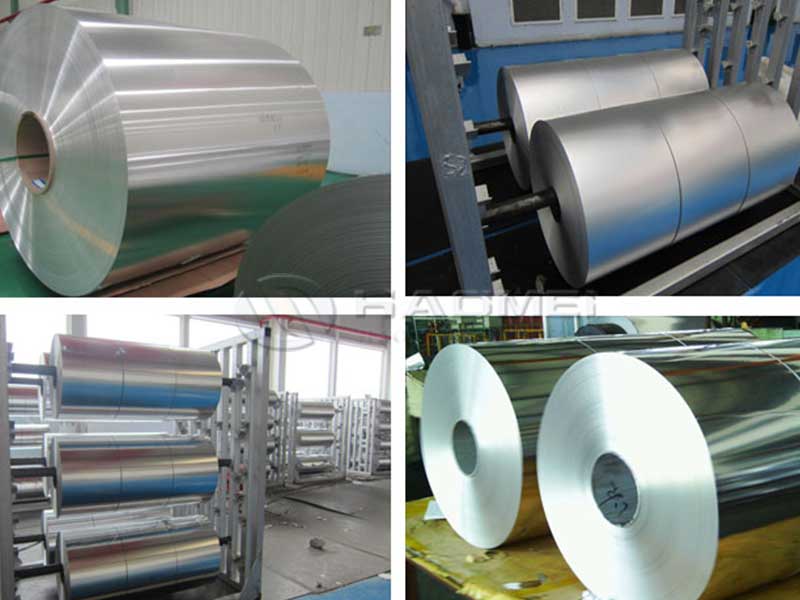
Aluminium Foils
View Details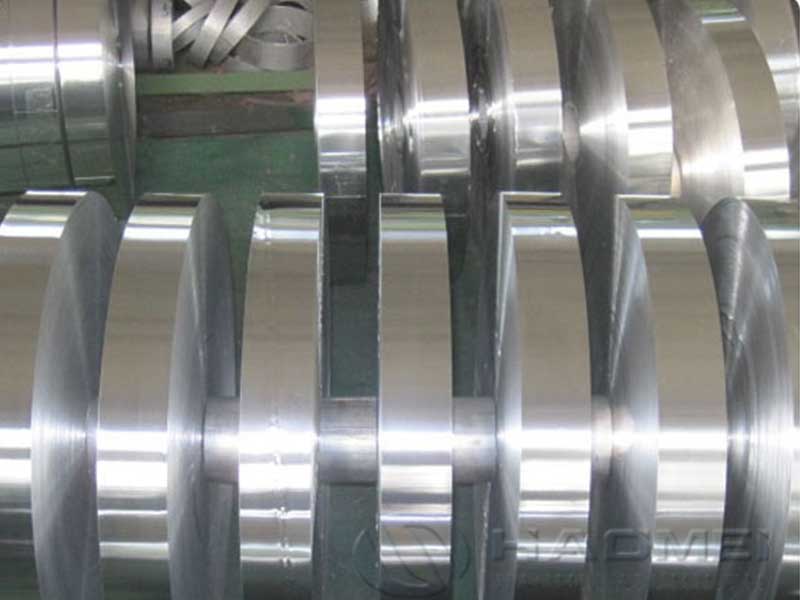
Aluminium Strips
View Details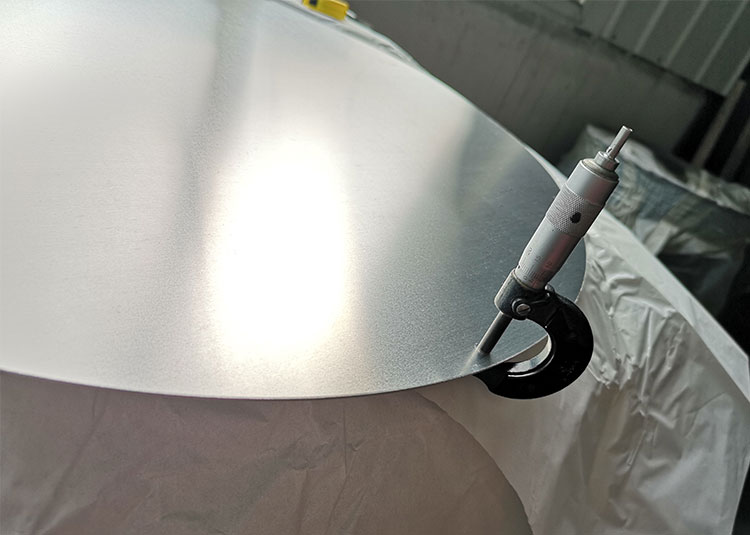
Aluminium Circles
View Details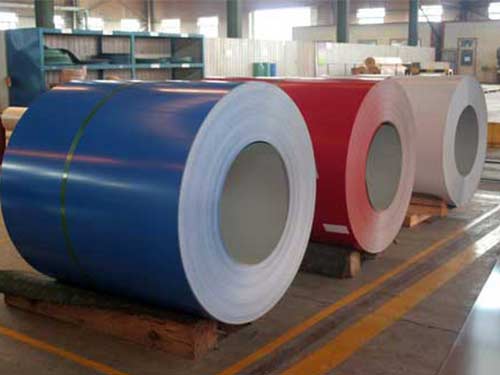
Coated Aluminium
View Details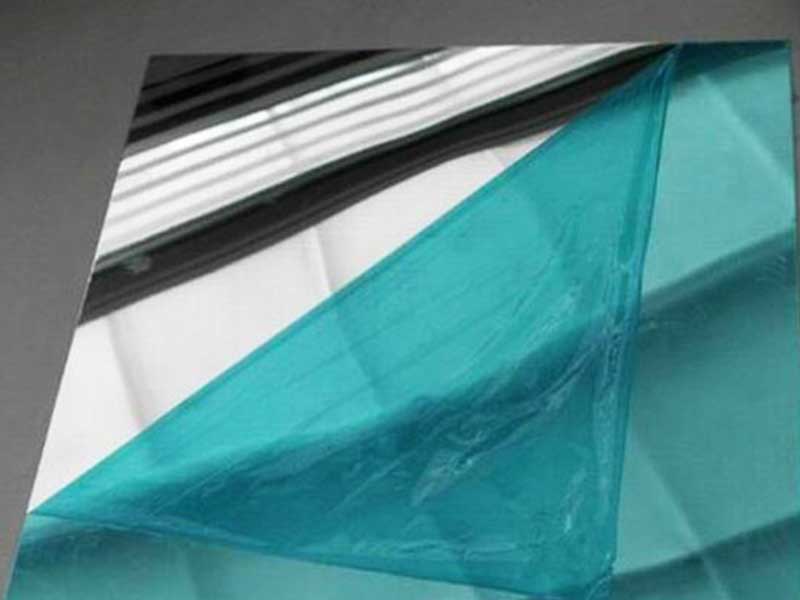
Mirror Aluminum
View Details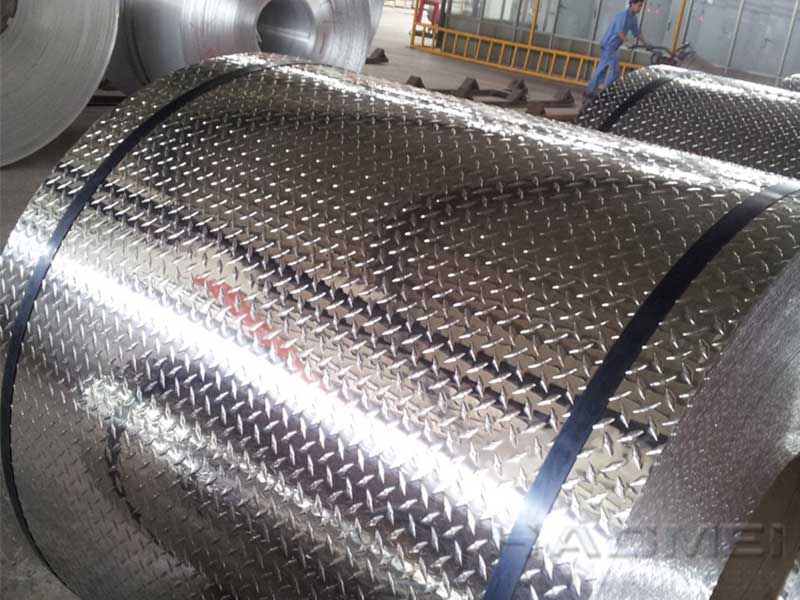
Stucco Embossed Aluminum
View DetailsAluminum
- 5052 5083 5754 5454 5005 5A02...
- Vertical Shaft Aluminium stem...
- Transformer Aluminium Strip
- What are the advantages of a g...
- 8 Series Alloy Aluminum Wire
- Photopolymer aluminum CTP Prin...
- 5005 Aluminum coil anodizing t...
- Aluminum Perforated Sheet,Alum...
- Aluminum Direct Casting DC Coi...
- aluminium cladding on pipes
- Anti-oxidation insulation alum...
- 3105 Aluminum Circle
- Coated aluminium coil for ACP/...
- The Double Reverse Survey of...
- Decoration Anodized Strip
- Hot Sealing of Aluminum Foil
- 3104 aluminum plate for anodiz...
- 5083 Aluminum Block
- PS Base with Aluminum Fabricat...
- Aluminium 5754 aluminum plate...